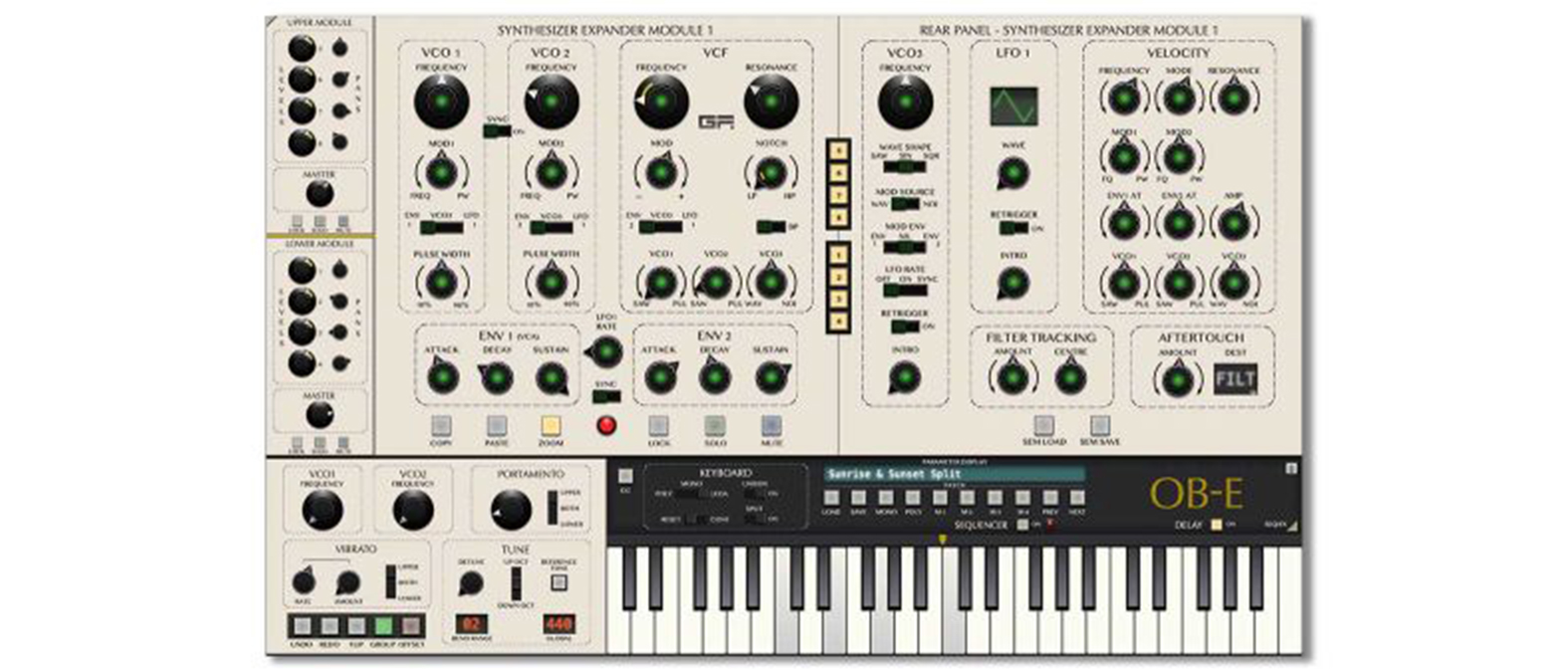The 5 best new plugin synths of 2021, as decided by you
Best of 2021: The software sounds of the year

BEST OF 2021: What people talk about the soundtrack of their year, they're typically referring to the songs that have got them through the past 12 months, but producers can also measure the passing of time by thinking about the plugin instruments they've been using.
We asked you to vote for your favourite software sound-maker of 2021, and the results (see below) indicate that you lot have been digging both cutting-edge and classic synths, and a seriously large orchestral library...
1. Winner 2021: Arturia Pigments 3

Pigments is a unique synth that combines virtual analogue and wavetable synthesis and includes filters, effects, modulation, sequencing and arpeggiation.
Version 3 adds a new harmonic sound engine for additive synthesis; a utility engine, with a sub-oscillator; supplemental analogue waveforms; and two noise sources - so now up to three engines can be layered together. There are also 80+ new wavetables, and other additions and improvements.
Already a well-featured instrument, Pigments is now even more impressive. In fact, when you consider the number of features it offers and its excellent sound quality, we'd say it's a bargain.
2. Korg Collection 3

Version 3 of the Korg Collection makes this acclaimed synth bundle even bigger, with the miniKORG 700S, Prophecy and Triton Extreme now available in software form for the first time.
These three iconic instruments join a collection of soft synths that includes favourites such as the M1, MS-20, Mono/Poly and the ARP Odyssey.
Want all the hottest music and gear news, reviews, deals, features and more, direct to your inbox? Sign up here.
This is the biggest and best update to Korg Collection yet, and makes it even more of a bargain bundle.
3. G-Force Software OB-E

After a few quiet years, GForce Software returned with what could turn out to be its magnum opus: the OB-E. A plugin recreation of Oberheim’s legendary 8-Voice synthesizer, this packs eight of Oberheim’s classic SEMs (Synthesizer Expander Modules) into a single unit, giving you a monstrous polyphonic instrument that GForce describes as a labour of love.
The 8-Voice is a truly exceptional synth and OB-E is a particularly good emulation that not only does justice to the original sound but also enhances it in ways that are both useful and sympathetic to it.
4. ROLI Equator 2

Equator started life as a mostly sample-focused sound engine for use with ROLI's distinctive Seaboard MPE controllers – modern, silicon-topped keyboards designed for nuanced polyphonic modulation of pitch and timbre.
Across subsequent updates, though, Equator has evolved into a powerful soft synth in its own right, and while version one was impressive, this second iteration is a noticeable step-up.
Promising to go "head-to-head with the best sound engines and plugins in the world,” its feature set aptly reads like a ‘best of’ of the ideas being punted in the current soft synth arms race, and it's a winner when it comes to sound and overall performance, too. A true all-in-one super synth, in fact.
5. East West Hollywood Orchestra OPUS Edition

Recorded by Hollywood sound engineer and industry stalwart Shawn Murphy, Hollywood Orchestra was a remarkably detailed assortment of sampled orchestral instruments, sporting a plethora of textures across the string, woodwind, brass and percussion spheres, all operable within EastWest’s (then) state of the art Play engine.
With this new Opus edition, those pretty peerless original recordings still provide the bedrock, but they’ve been re-situated within the slick new Opus engine.
Though EastWest’s emphasis is on achieving cinema-grade orchestral power instantly, there’s simply mountains of creative scope within the Hollywood Orchestra Opus toolkit. In fact, it’s hard to imagine how a package of this magnitude could be improved - just make sure you’ve got the hard drive space!



I’m the Deputy Editor of MusicRadar, having worked on the site since its launch in 2007. I previously spent eight years working on our sister magazine, Computer Music. I’ve been playing the piano, gigging in bands and failing to finish tracks at home for more than 30 years, 24 of which I’ve also spent writing about music and the ever-changing technology used to make it.